Title: The Price of Best Safety Apparel: From Production to Consumption Introduction: Safety apparel plays a critical role in protecting workers in various industries from occupational hazards. From construction sites to manufacturing plants, safety apparel is designed to safeguard individuals against potential risks and ensure their well-being. However, the price of safety apparel involves more than just the cost of production. This article delves into the different factors that influence the price of safety apparel, tracing the journey from its production to its consumption. 1. Cost of Raw Materials: The first driver of safety apparel prices is the cost of raw materials. High-quality safety apparel requires specialized materials, such as flame-resistant fabrics, reflective tapes, and water-resistant coatings. Fluctuations in the prices of these materials, which are often linked to the availability and demand for such materials, can significantly impact the overall cost of production. 2. Manufacturing and Labor Costs: Manufacturing processes for safety apparel are highly regulated to ensure compliance with safety standards and to maintain quality.
safety ware
 These regulations, along with the specialized nature of safety apparel production, involve higher manufacturing costs compared to generic clothing items. Skilled labor, training, and work conditions also impact the pricing of safety apparel, as the focus is on producing garments that meet rigorous safety standards. 3. Research and Development: Safety apparel manufacturers heavily invest in research and development (R&D) to improve the quality and performance of their products. This investment allows manufacturers to develop innovative materials with better protective properties, increasing the overall safety and durability of the apparel. These R&D costs are incorporated into the pricing of safety apparel. 4. Compliance with Regulatory Standards: Safety apparel must meet specific industry standards and regulatory requirements.
These regulations, along with the specialized nature of safety apparel production, involve higher manufacturing costs compared to generic clothing items. Skilled labor, training, and work conditions also impact the pricing of safety apparel, as the focus is on producing garments that meet rigorous safety standards. 3. Research and Development: Safety apparel manufacturers heavily invest in research and development (R&D) to improve the quality and performance of their products. This investment allows manufacturers to develop innovative materials with better protective properties, increasing the overall safety and durability of the apparel. These R&D costs are incorporated into the pricing of safety apparel. 4. Compliance with Regulatory Standards: Safety apparel must meet specific industry standards and regulatory requirements.
Specifications of safety ware
 Compliance with these standards involves rigorous testing and certification processes, which add to the overall cost of production. Manufacturers must ensure that their products are in line with regulations set by organizations like the Occupational Safety and Health Administration (OSHA) in the United States or similar regulatory bodies in other countries. 5. Brand Reputation and Marketing Expenses: Established safety apparel brands invest considerable efforts in maintaining their reputation and marketing their products. These expenses include advertising campaigns, endorsements, trade shows, and sponsorships. Brand reputation adds value to the safety apparel and influences consumer perception, leading to higher pricing for trusted and well-known brands. 6. Distributor and Retail Markup: After the production stage, safety apparel typically goes through distributors and retailers before reaching consumers.
Compliance with these standards involves rigorous testing and certification processes, which add to the overall cost of production. Manufacturers must ensure that their products are in line with regulations set by organizations like the Occupational Safety and Health Administration (OSHA) in the United States or similar regulatory bodies in other countries. 5. Brand Reputation and Marketing Expenses: Established safety apparel brands invest considerable efforts in maintaining their reputation and marketing their products. These expenses include advertising campaigns, endorsements, trade shows, and sponsorships. Brand reputation adds value to the safety apparel and influences consumer perception, leading to higher pricing for trusted and well-known brands. 6. Distributor and Retail Markup: After the production stage, safety apparel typically goes through distributors and retailers before reaching consumers.
buy safety ware
 Each level in the supply chain adds its own markup to cover operating costs, including storage, logistics, marketing, and overheads. These markups can vary depending on the bargaining power of manufacturers, distributors, and retailers, further influencing the final retail price. 7. Technological Advancements: Technological advancements have a significant impact on safety apparel pricing. Innovations like wearable sensors, smart fabrics, and integrated communication systems add additional functionality to the garments, making them more expensive. While these advancements provide enhanced safety features and productivity benefits, they also contribute to the overall cost of safety apparel. 8. Customization and Specialization: Certain industries and professions require safety apparel that is customized for specific tasks and conditions. Customization involves tailoring safety apparel to fit unique requirements, such as incorporating pockets, reflective stripes, or adaptations for extreme weather conditions. These specialized products often come at a higher price due to the additional effort and resources required to manufacture them. 9. Supply and Demand Dynamics: Supply and demand play a significant role in determining the price of safety apparel. When demand exceeds supply, prices tend to rise.
Each level in the supply chain adds its own markup to cover operating costs, including storage, logistics, marketing, and overheads. These markups can vary depending on the bargaining power of manufacturers, distributors, and retailers, further influencing the final retail price. 7. Technological Advancements: Technological advancements have a significant impact on safety apparel pricing. Innovations like wearable sensors, smart fabrics, and integrated communication systems add additional functionality to the garments, making them more expensive. While these advancements provide enhanced safety features and productivity benefits, they also contribute to the overall cost of safety apparel. 8. Customization and Specialization: Certain industries and professions require safety apparel that is customized for specific tasks and conditions. Customization involves tailoring safety apparel to fit unique requirements, such as incorporating pockets, reflective stripes, or adaptations for extreme weather conditions. These specialized products often come at a higher price due to the additional effort and resources required to manufacture them. 9. Supply and Demand Dynamics: Supply and demand play a significant role in determining the price of safety apparel. When demand exceeds supply, prices tend to rise.
safety ware + buy and sell
 Conversely, when demand decreases or production increases, prices may decrease. Additionally, seasonal fluctuations, such as increased demand for high-visibility apparel during winter months, can impact pricing. 10. Ethics and Sustainability: Increasingly, consumers are becoming concerned about the ethical and sustainable practices employed by manufacturers. Safety apparel produced using environmentally friendly materials and sustainable manufacturing processes may come at a higher price. Meeting ethical standards related to fair labor practices, worker safety, and responsible sourcing also contribute to the pricing of safety apparel. Conclusion: The price of safety apparel incorporates various factors that span from its production to its consumption. From the procurement of raw materials to manufacturing costs, compliance with regulatory standards, and marketing expenses, these factors contribute to the overall price tag. Technological advancements, customization, supply and demand dynamics, as well as ethical and sustainability considerations, also play a significant role. Understanding the multifaceted elements that impact safety apparel prices can provide consumers and businesses with insights into the true value of the protective gear they invest in.
Conversely, when demand decreases or production increases, prices may decrease. Additionally, seasonal fluctuations, such as increased demand for high-visibility apparel during winter months, can impact pricing. 10. Ethics and Sustainability: Increasingly, consumers are becoming concerned about the ethical and sustainable practices employed by manufacturers. Safety apparel produced using environmentally friendly materials and sustainable manufacturing processes may come at a higher price. Meeting ethical standards related to fair labor practices, worker safety, and responsible sourcing also contribute to the pricing of safety apparel. Conclusion: The price of safety apparel incorporates various factors that span from its production to its consumption. From the procurement of raw materials to manufacturing costs, compliance with regulatory standards, and marketing expenses, these factors contribute to the overall price tag. Technological advancements, customization, supply and demand dynamics, as well as ethical and sustainability considerations, also play a significant role. Understanding the multifaceted elements that impact safety apparel prices can provide consumers and businesses with insights into the true value of the protective gear they invest in.


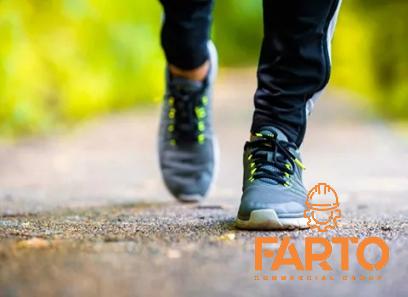

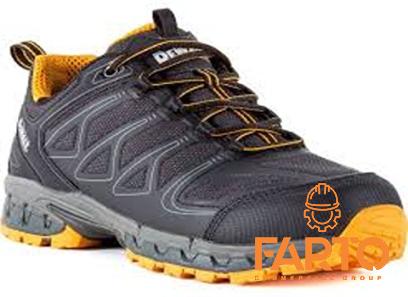



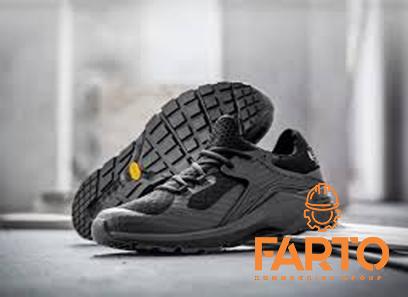
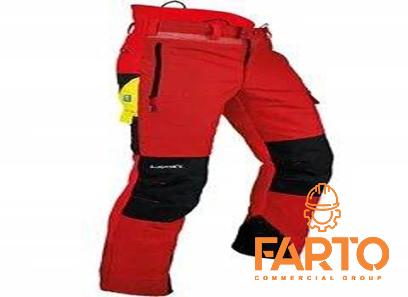
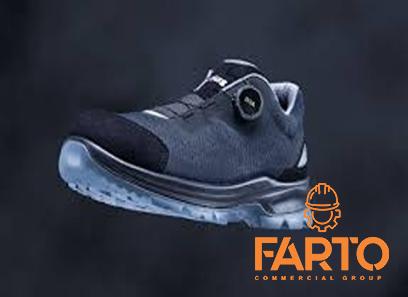
Your comment submitted.